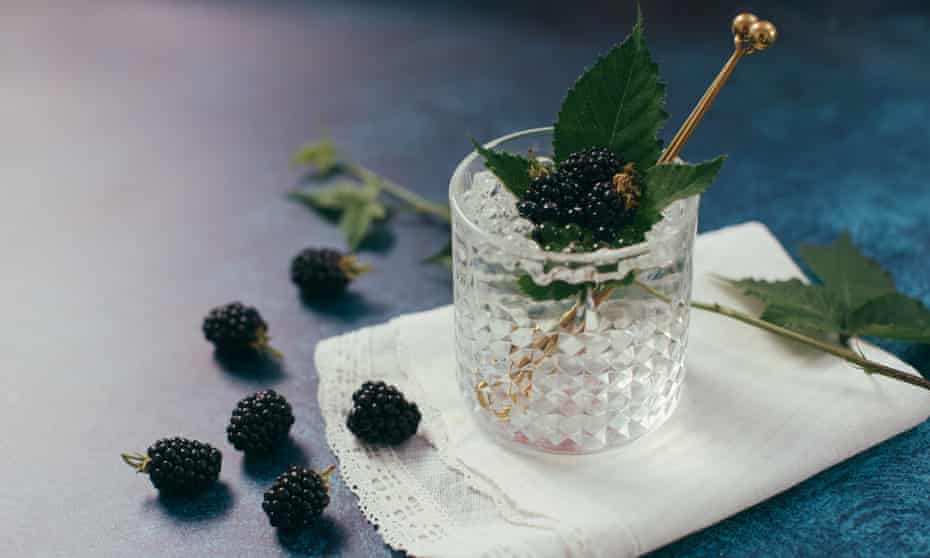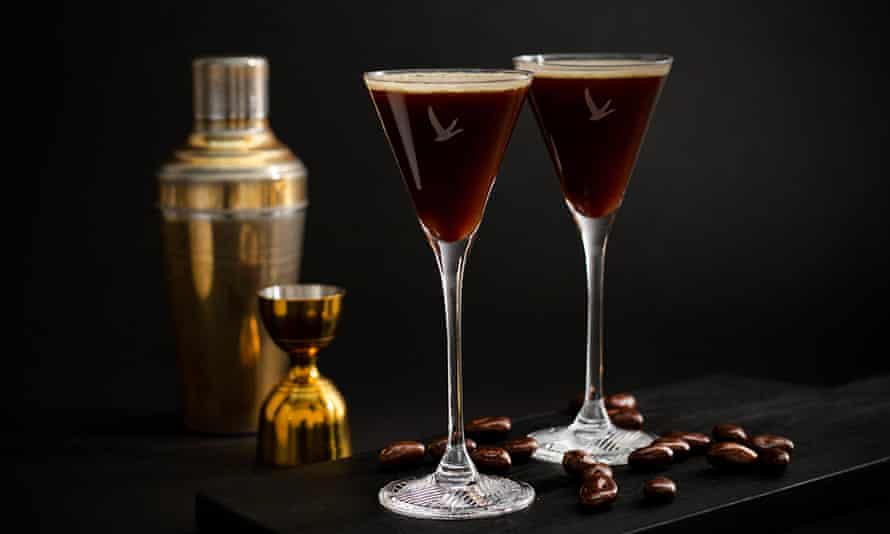For a spirit that’s so cool and subtle, vodka has a past that’s the stuff of legend. From Ivan the Terrible to James Bond, it has made an indelible mark

When you think of vodka, what springs to mind? Student house parties and pub crawls, or perhaps sophisticated cocktail evenings and long summer nights drinking passion fruit martini cocktails?
Vodka has been imbued with all manner of meaning over its 900-year history, from piety and power to sex and sophistication. More than a mere spirit, it’s ingrained in folk remedies, popular culture, celebratory traditions and ritual; you shouldn’t be surprised, then, that vodka has a long, fascinating and international story that is as diverse as its drinkers …
From Russia with love
Vodka is said to have started life as a potent medicinal elixir produced by medieval monks in Russia (or, some argue, Poland). In the 1470s the Russian Grand Prince Ivan III, spotting its potential, established the first state vodka monopoly, and the spirit became a vital income-generator for the national coffers. His grandson, Ivan the Terrible, gave his murderous police force, the Oprichniki, exclusive access to taverns in Moscow where vodka was served in abundance.
Two centuries later, Catherine the Great recognised the power of vodka and kept the control of vodka distillation solidly in the hands of the aristocrats; Russian nobles enjoyed this privilege for more than 100 years.
The Hollywood effect
For centuries, eastern Europe remained the heartland of vodka, but the spirit finally captured the heart of America thanks, ironically, to prohibition. Bartenders who left to find work in Europe in the 1920s came across vodka and, returning home in the 1930s, spread the word stateside. For Hollywood stars who didn’t want to be seen drinking, vodka’s subtle taste and lack of smell was a boon, and the 1940s invention of the Moscow mule cocktail, with ginger beer and (originally) lemons, helped widen the spirit’s appeal.
Embraced by Hollywood, the drink was quickly glamorised and in 1947 Joan Crawford is famously said to have hosted a party where she only served vodka and champagne, sealing the spirit’s chic status. It was around this time that the martini cocktail was emerging, with the first published recipe appearing in David Embury’s 1948 cocktail recipe book The Fine Art of Mixing Drinks.

By 1954 vodka sales hit 1.1m cases worldwide – up from 40,000 just four years earlier – signalling an incredible rise in demand and appeal. There was an explosion in the popularity of vodka cocktails too: from the bloody mary in the 1930s, to the flame of love in the 70s and the espresso martini cocktail in the 80s, each brought vodka to new audiences, broadening the spirit’s appeal.
A variation of the dry martini was first made famous by its inclusion in Ian Fleming’s 1953 novel Casino Royale, when Bond gives exacting instructions to a casino bartender, advising that the drink would be better made with grain-based vodka.
Bond did drink other cocktails, but his vodka martini proved enduring especially on screen. When, in the 1964 film Goldfinger, Bond delivered the oft-quoted line “shaken, not stirred”, he confirmed the vodka martini as a timeless classic that evokes sensual, smooth appeal.
It is not just special agents and Hollywood stars who have popularised vodka in cocktails. In the late 1990s, the sight of Sex and the City’s Carrie Bradshaw with the cosmopolitan, her signature cocktail, spurred a generation of independent, upwardly mobile women to start sipping cocktails once again.
Birth of an icon
The process of vodka-making is a seemingly simple one, but the alchemy of creating good vodka lies with the distiller who will define the strength and character of the end product. Many modern distillers look to eliminate any flavour imparted from the base ingredients, but some traditionalists prefer vodkas that retain the base ingredient notes and thus offer a more distinctive character.
One such is Grey Goose, which takes the traditional approach of single distillation. Using just two ingredients: soft single-origin Picardy winter wheat and spring water from its own aquifer in Gensac-la-Pallue in Cognac, it focuses on quality and consistency to capture the flavour profile for which it’s known in cocktail bars around the world: fresh lemon, almond and toasted brioche, with a little pepper and anise on the finish.
For such an iconic spirit, it’s a relatively recent arrival on the scene, having been created in 1997. It was the brainchild of Sidney Frank, an American who’d spent his life working in the liquor industry. In the mid-1990s, he noticed the growing appetite for vodka, but saw there was a gap in the market for one that could be both sipped neat and enjoyed in a martini cocktail.
Frank wanted to create a quality vodka that was an expression of its core ingredient, so he approached François Thibault, the maître de chai at a cognac distillers and the undisputed master when it came to producing and creating cognacs. Thibault poured his expertise and undisputed flair into the new vodka, and Grey Goose was born, quickly establishing itself as one that stood out from the crowd. Even today, Thibault closely oversees the production of every batch, tasting each one for quality and consistency.
Vodka is the most subtle of spirits, so it takes time to find and appreciate its tasting notes and characteristics. But search, and you shall find. As Thibault likes to say: “From simplicity comes complexity.”

Espresso martini cocktail
Smoky and indulgent, the espresso martini cocktail is a perfect nightcap or fun afternoon treat. Serves one.
50ml Grey Goose Vodka
30ml single origin espresso
20ml coffee liqueur
A pinch of salt (optional)
Three coffee beans
Add the Grey Goose Vodka, espresso and coffee liqueur to a shaker with ice. Add a pinch of salt, if you like. Shake briskly and strain into a cocktail glass. Garnish with three coffee beans. For an added touch of luxury, top with graded rich dark chocolate shavings and serve alongside chocolate-covered almonds or raisins.
Try Grey Goose Vodka for yourself to find out how its quality and flavour make every cocktail a special occasion
https://www.theguardian.com/vive-la-vodka/2021/nov/05/the-900-year-history-of-vodka-how-a-medieval-elixir-became-the-toast-of-hollywood?CMP=GLabs&utm_medium=sfbk&utm_source=pdscl&utm_campaign=Glabs&fbclid=IwAR2hhUrAkOV0otaShsx6f6pjYYvwwU5wzsEz1mFHJv723kvaUcrl5UW3Yo4#Echobox=1636385525
No comments:
Post a Comment